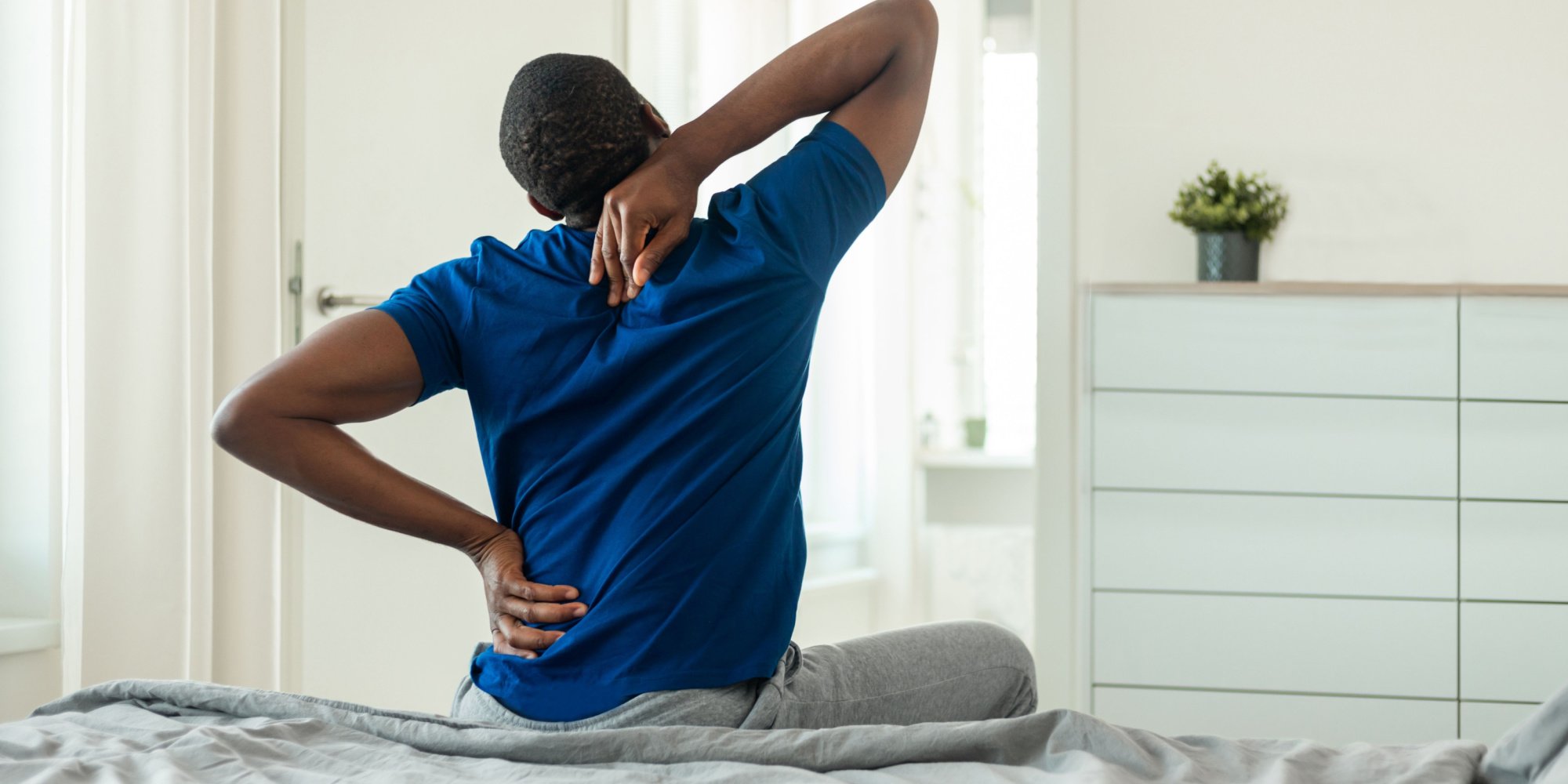Back pain has got to be one of the most common ailments people come to be about; knee pain and shoulder discomfort are up there as well, but back pain has universally been something I come across pretty often.
Wherever your back pain stems from, it can be pretty debilitating, and can prevent you from accomplishing mundane tasks to difficult lifts in the gym. Depending on the severity of the pain, it may be something that needs to get checked out my a physical therapist or movement specialist. But if the pain is manageable, and you feel that a conservative approach done on your own is the way to go for now, keep reading!
It is really challenging to pinpoint exactly where your back pain stems from, so we are going to discuss possible scenarios, and how to tackle your back pain once and for all.
Posture
Crappy posture, something most people struggle with, could be the reason behind your back pain. Those who are in a seated position often, and nestle into a forward flexion posture most of the time, likely exhibit a kyphotic posture, where the upper back curves forward, and the pelvis is tucked in under your torso. Or, some people could fall on the other end of the spectrum and exhibit more of a lordosis posture, where there is an exaggerated inward curve of the spine; intentionally stick your butt out, and that is an example of what lordosis looks like.
Either way, muscle aches are bound to happen throughout the back, and unless posture is addressed, the pain will likely endure.
How To Fix It:
You need to find your neutral position. Most people assume that the spine needs to be perfectly straight to accomplish this, but that is not the case. The spine naturally curves, so we don’t want to go backwards in our mission to correct our posture. This article addresses cues and tips on how to address a better functioning posture, and this video dives in a little deeper on the importance of posture.
Hip Imbalances
It’s pretty common that someone will have an uneven pelvis, or will compensate with one hip over the other. Doing something repetitive like an imbalanced gait, constantly crossing the same leg over the other, or favoring one side of your hip over the other when you sit or perform exercises, can over time lead to hip asymmetry. There is direct relationship between the hip and back musculature, so hip imbalances can lead to muscular imbalances in the back–meaning unnecessary aches and pains.
How To Fix It:
Some people are naturally built with uneven hips; although there isn’t much you can control in that aspect, there are ways to address some hip imbalances to prevent uneven forces on the back.
Exercises like hip airplanes that address stretching the hips in internal and external rotation is a great place to start.
Weak Core
The core should never be ignored! Strengthening the core–in all planes of motion–is something I almost always advocate for. If you have a weak core, your musculature surrounding the back is likely unable to handle the loads and force during heavy lifts like squats and deadlifts. This is why it is so important to emphasize core exercises before lifting to wake up those deep, local muscles that are primarily located in the lumbar spine.
How To Fix It:
Along with planks, dead bugs, and bird dogs, here is a discussion on additional core movements to implement into your routine for overall core health and performance.
Thoracic Immobility
Last but not least, if your back is tight and has limited mobility, your joints along the spine and muscle surrounding your midsection are probably screaming for some movement.
Muscle and strength are important, but so is the ability for your thoracic spine to flex and extend, laterally bend, and rotate. If you have difficult rotating around your spine, the likelihood of injuring yourself as you rotate–typically doing something as common as reaching behind you in the car or reaching for something–increases.
How To Fix It:
If your thoracic spine mobility is limited, there are endless exercises you can do to open up that range of motion and move a little easier. For a quick, thoracic spine mobility flow, follow this video to get your body primed when you first wake up, or before a workout.
Back pain is more than just uncomfortable; it can lead to compensations of other muscles due to inhibition and tightness of others. If your core is weak, your midsection will feel exhausted and weak during heavy lifts. If there is any sort of favoring of one side of the body over the other, this can likely lead to certain muscles being in a constant state of tension, while the opposing muscles are overly stretched. This imbalance leads to unfavorable tension and soreness in the back.
If your back pain is a result of muscle and joint tension, MAPS Prime Pro is an excellent tool to determine what areas need to be addressed with more mobility measures.






